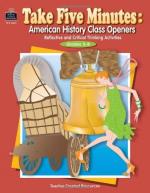|
This section contains 976 words (approx. 4 pages at 300 words per page) |

|
Throughout the post-Civil War era heated political fights over whether paper money should be backed by silver and gold or gold alone and how much currency should be available reflected deep social divisions among Americans, pitting easterners against westerners, farmers against businessmen, and the poor against the wealthy. This debate was accompanied by a long, steady decline in prices. In general, wholesale and retail prices in the United States fell from a high-water mark at the end of the Civil War to a low point in the 1890s. As a result the value of a dollar increased; in 1892 it could buy twice what it could in 1866. Americans who had money could buy more for less, but for anyone with goods to sell this downward trend constituted a crisis. Farmers. Farmers were particularly hard hit by the long-term price decline. While they had...
|
This section contains 976 words (approx. 4 pages at 300 words per page) |

|




